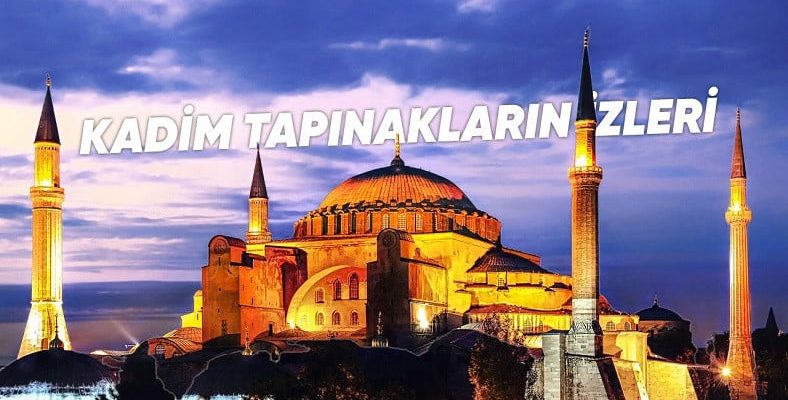When you go to Istanbul or live there, there are countless historical monuments that you can visit in your spare time, but if you do not have enough information about the history of Istanbul while visiting them, you will be wandering around. Let’s take a closer look at the extraordinary information about historical artifacts and places to visit in Istanbul.
Istanbul, which has been one of the most important cities of different civilizations for thousands of years since the Ancient Roman period and has therefore been called by many different names, has been the capital and then the favorite of the Turks since the day it was conquered. Let’s make a list of historical artifacts and places to visit in Istanbul Be sure, a book may emerge that you will read for days and travel for months.
Let’s take a look at some of the historical artifacts and places to visit in Istanbul from a slightly different perspective in this article. If you live there, go to the places on this list one by one on your first free day or when you go to the city, but make sure you know the history of the place you go before. For you to have an idea before diving into deep research We have told you some extraordinary information about historical artifacts in Istanbul.
Interesting information about historical artifacts and places to visit in Istanbul:
- Cemberlitas
- Hagia Sophia Mosque
- Galata tower
- Topkapi palace
- Yedikule Dungeons
- Ahrida Synagogue
- Grand Bazaar
- Rumeli Fortress
- Bozdogan Aqueduct
- Yoros Castle
- Basilica Cistern
- German Fountain
Hz. Items taken from the tomb of Jesus are hidden: Çemberlitaş
Çemberlitaş, which was built in 330 on behalf of the Roman Emperor Constantine I, known as the person who founded the city of Istanbul, 8 bracelets are formed by putting the base on top of each other. The pedestals are 3 meters in diameter and each weighs 3 tons. When it was first built, under Çemberlitaş, on which there was a statue of the emperor, Hz. It is rumored that some of the items taken from the tomb of Jesus in Jerusalem are still kept.
It bears the traces of ancient temples: Hagia Sophia Mosque
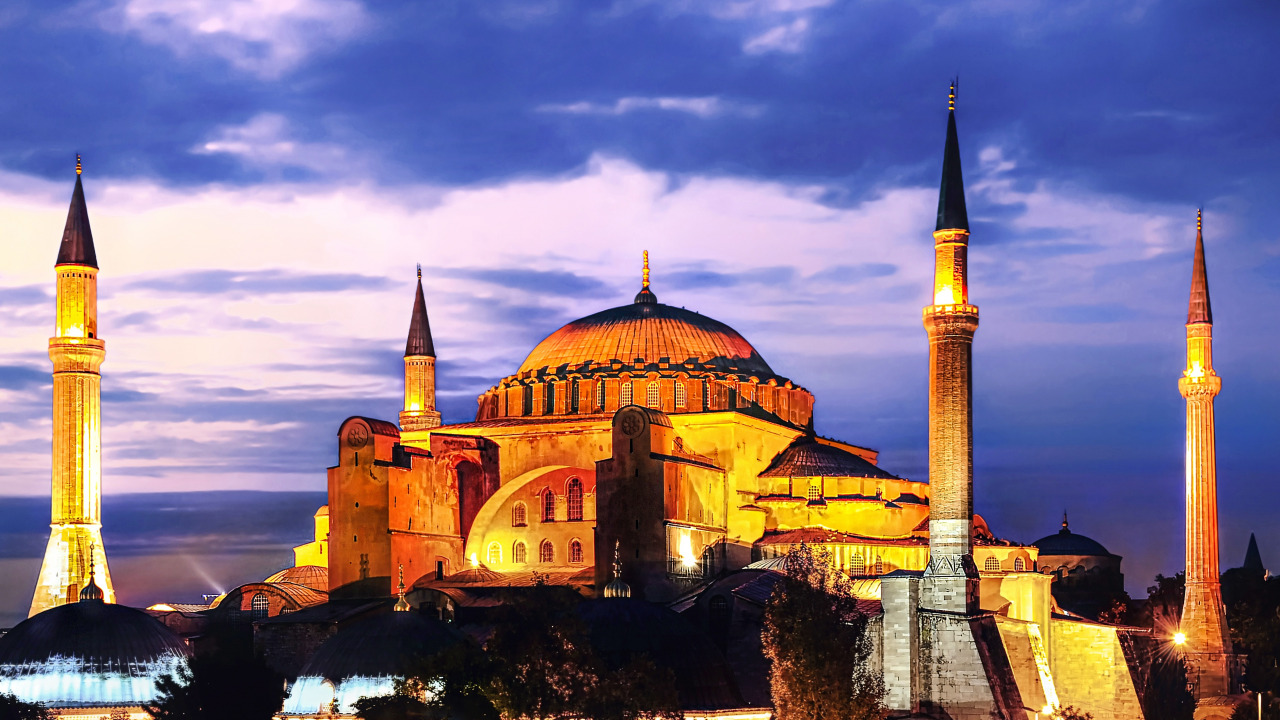
Hagia Sophia, which was built as a cathedral by the Byzantine Emperor Justinian I between 532 and 537, was converted into a mosque by Mehmed the Conqueror. Hagia Sophia, which was a museum in the Republican period, serves as a mosque today. More than ten thousand workers worked on its construction. Some columns, stones and gates of Hagia Sophia; It was taken from temples from much older and ancient times and used.
RELATED NEWS
Features of Hagia Sophia Proving It Is An Architectural Wonder
It survived for the sake of the Genoese: Galata Tower
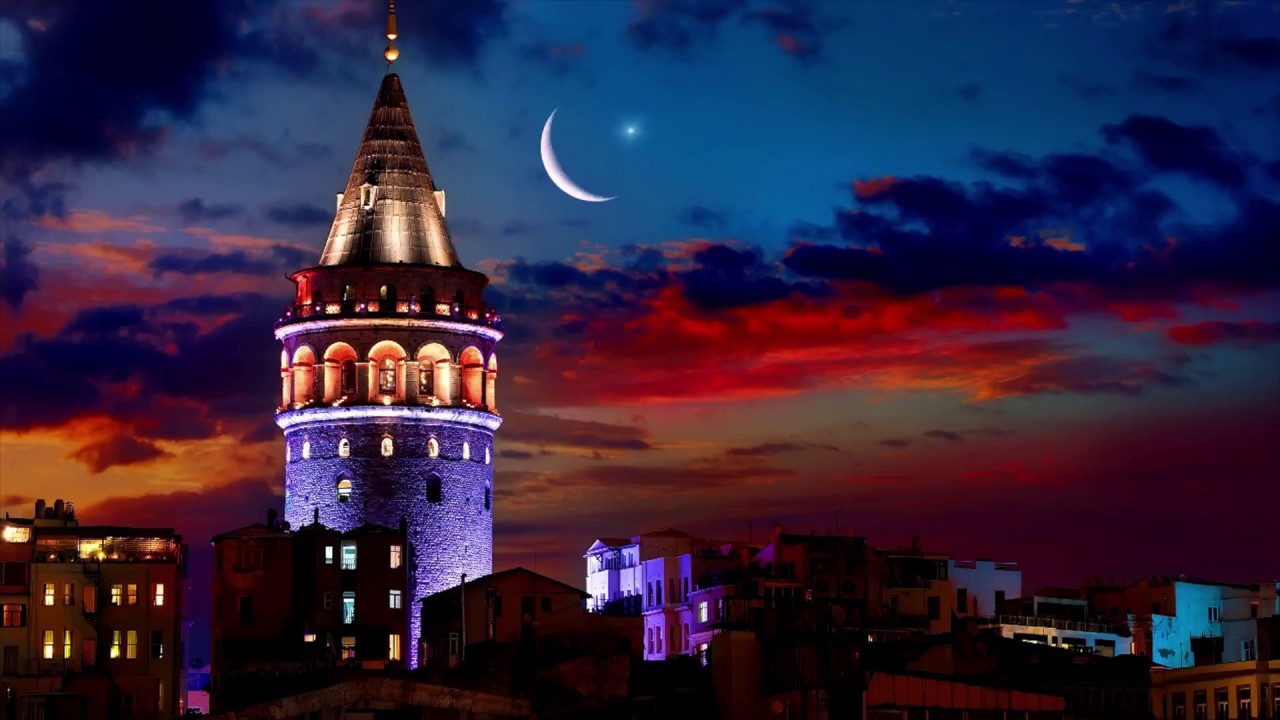
During the Byzantine period, the Genoese had an autonomous area in Istanbul. Galata Tower was built in the first years of the 14th century to show this dominance. During the conquest of Istanbul, the Genoese did not show any defense against the Turks, even if the tower was damaged from time to time, it was not destroyed. Hezarfen Ahmed Çelebi made his famous flying experiment over the Galata Tower.
Sacred relics are kept: Topkapi Palace
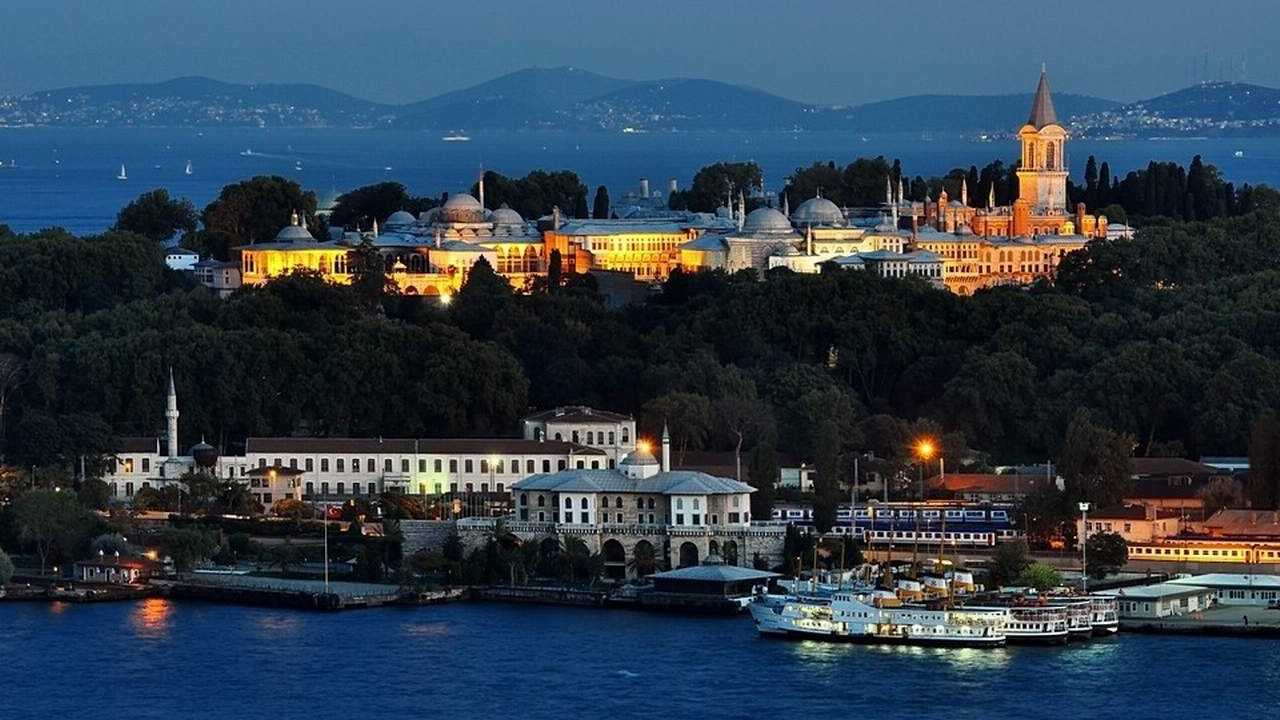
Topkapi Palace, which was built by Fatih Sultan Mehmed in 1478 in the most beautiful place of Istanbul after the city was conquered, It has been the residence of sultans for 400 years. When it was built, it covered an area of exactly 700 thousand square meters, but today this area is 80 thousand square meters. In Topkapi Palace, which is on the UNESCO World Heritage List, important sacred relics for the Islamic world are kept.
It wasn’t built to be a prison: Yedikule Dungeons
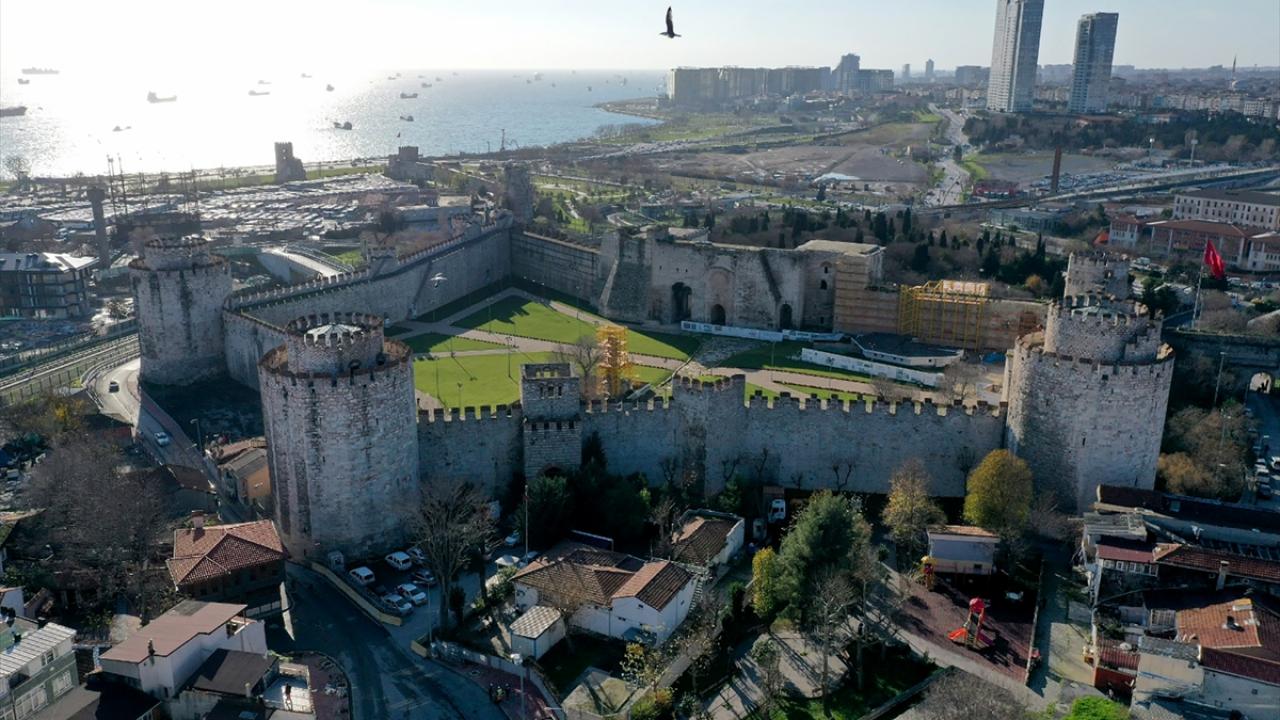
Yedikule Dungeons, thought to have been built by the Roman Emperor Theodosius, it was originally built to host guests from Rome. After the city fell into the hands of the Turks, the structure was expanded and was first used as a hiding place for the treasure. The building, which was used as a prison between 1430 and 1800 and was named Yedikule Dungeons in this process, was also used as a zoo for a while during the reign of Abdülmecid. It is also called Yedikule Fortress, after the observation tower in the building.
The only place that prays to the Turks: Ahrida Synagogue

Ahrida Synagogue, built in the 15th century by Romaniotes, Jews living in the Balkans, after immigrating to Istanbul, takes its name from the city of Ohrid in Macedonia. The prayer platform of the building, which was later used by another Jewish community, the Sephardic, draws attention with its resemblance to the bow of a ship. Sabbatai Zevi, the prophet of the Sabbateans, used to pray only here in Istanbul. Ahrida Synagogue is known for holding a prayer ceremony for Turkish soldiers during the 93 War.
There are places that no one can enter: the Grand Bazaar
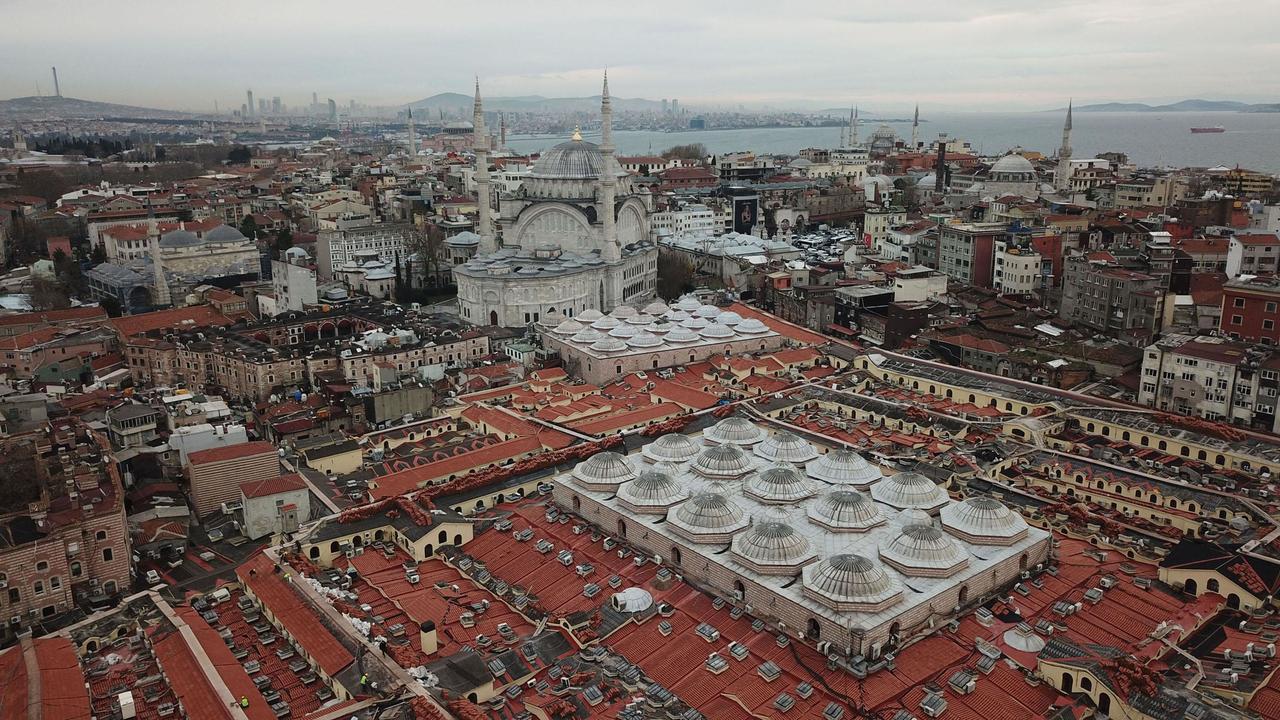
The smaller inner covered bazaar of the Grand Bazaar was built during the Byzantine period. During the Fatih period, the sandal bedesten section was built in 1460, but The main big bazaar section was built during the Kanuni period. The Grand Bazaar is like a huge city with mosques, schools, fountains and inns. Areas that used to be separated by occupational groups are now more freely operated, but some points of the bazaar have doors that visitors cannot enter or even see.
Made in record time: Rumeli Fortress
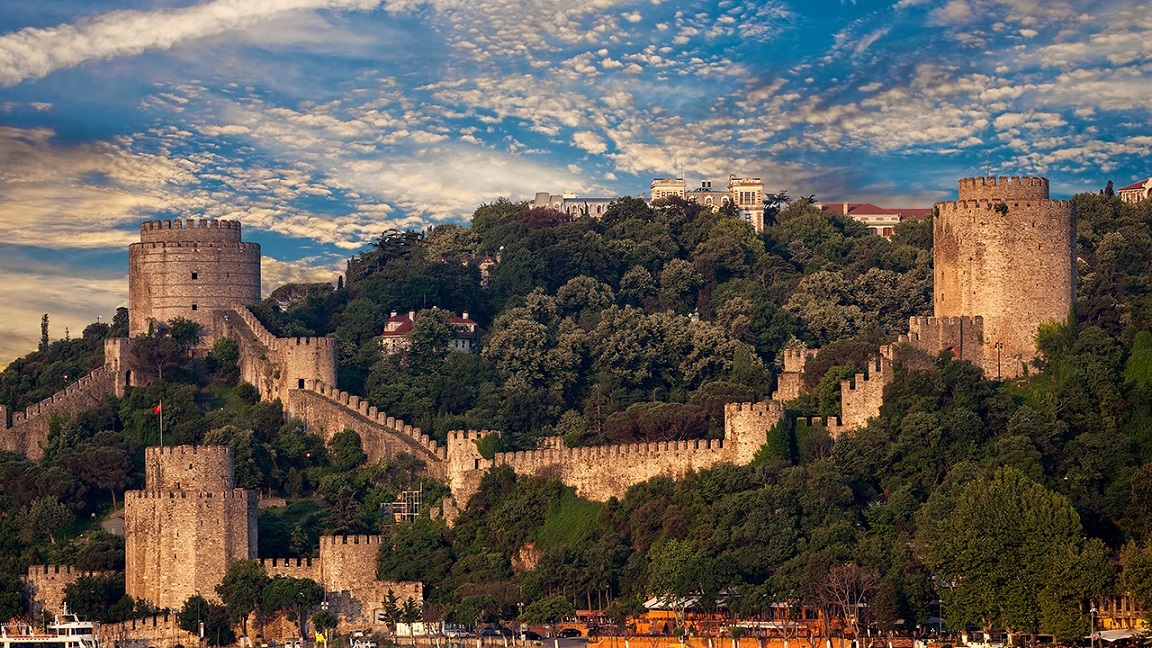
Rumeli Fortress, also known as Boğazkesen Fortress, was built by Fatih before the conquest of Istanbul and, according to the stories, played a major role in the conquest of the city. Completed in a short period of 30 days by a team of approximately one thousand people, the fortress covers an area of 60 thousand square meters. We have explained the history of Rumeli Fortress in detail in our article here.
It was dedicated to the nymph: Bozdogan Aqueduct
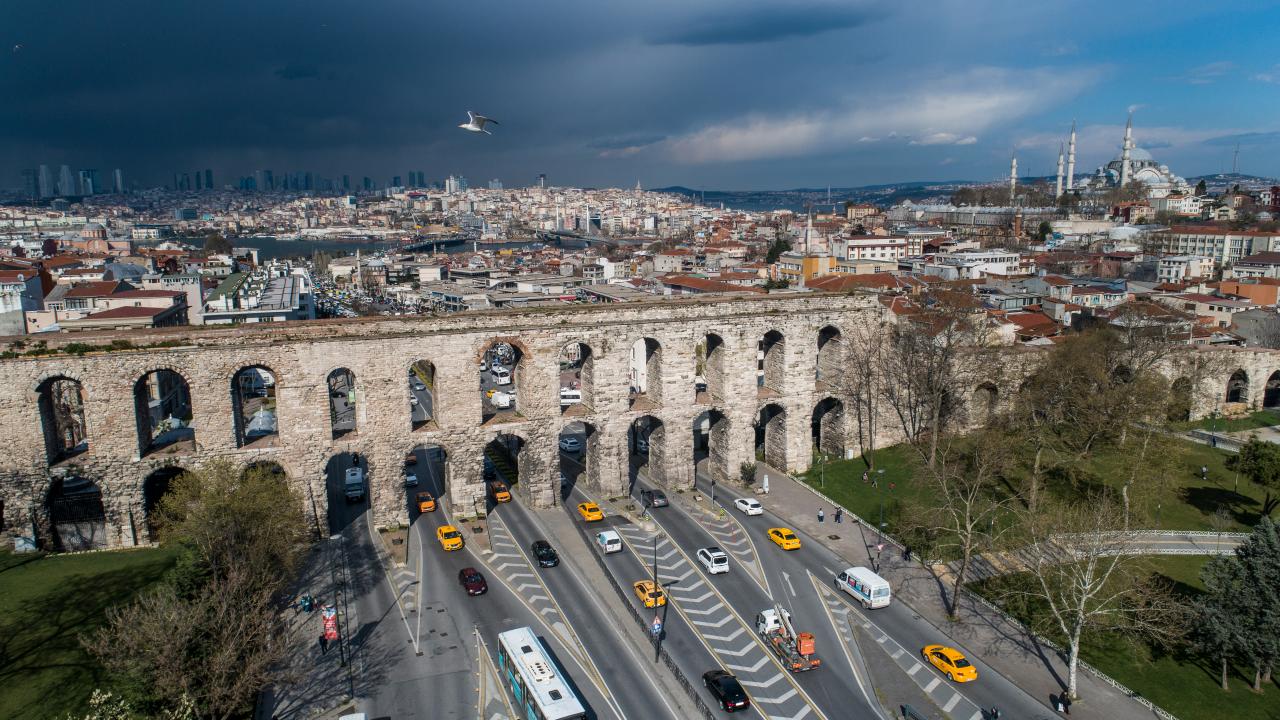
Bozdoğan Aqueduct, one of the oldest historical monuments in Istanbul, was built by the Roman Emperor Valens in the 4th century. Belt, Using the stones of the Chalcedonian wall in Kadıköy, which collapsed in the Procopius revolt. was built. Bozdoğan Aqueduct, where the original structure is still standing even if some parts are destroyed, is dedicated to the nymphs of Greek mythology.
It has inscriptions honoring Zeus: Yoros Castle
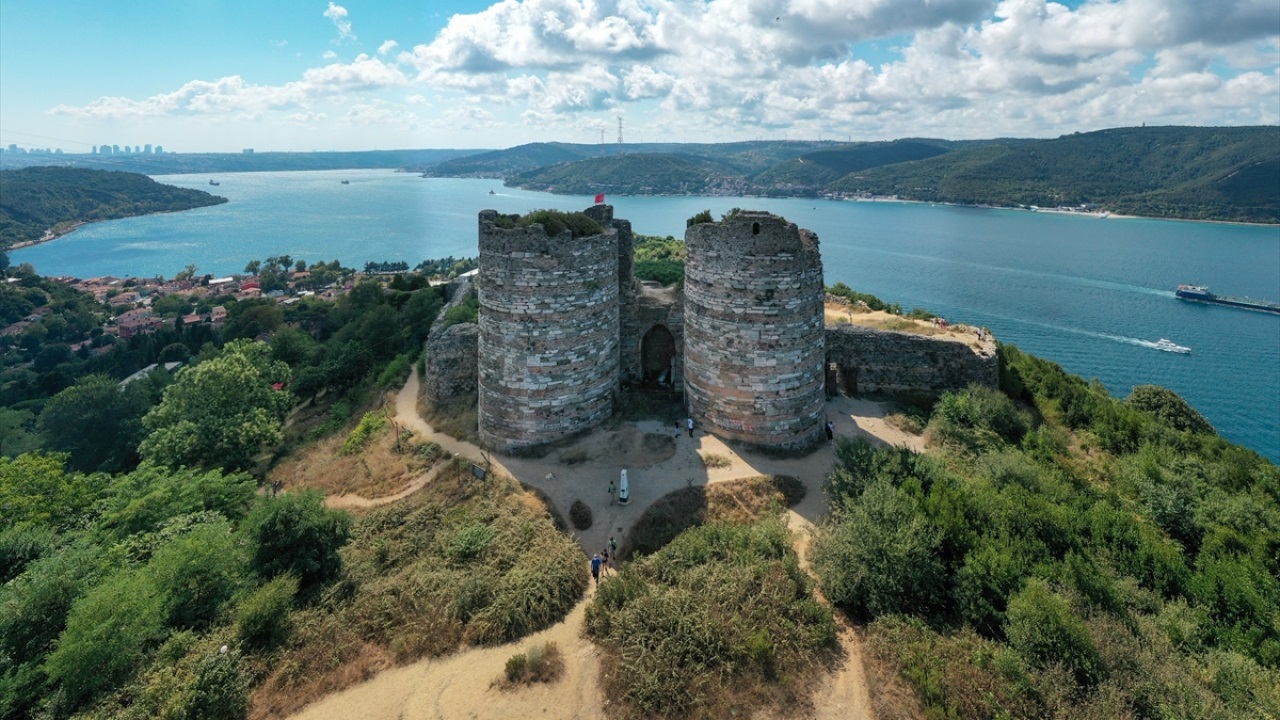
Yoros Castle was built by the Byzantine Emperor Paleologos in the second half of the 13th century, and although it was under the rule of the Turks for a period, it remained in the hands of the Genoese for nearly a century. The walls of the castle, which is said to have been built to honor the Greek god Zeus It is covered with Greek inscriptions. It is one of the largest surviving castle structures in the city today.
There are still unexplored channels: Basilica Cistern
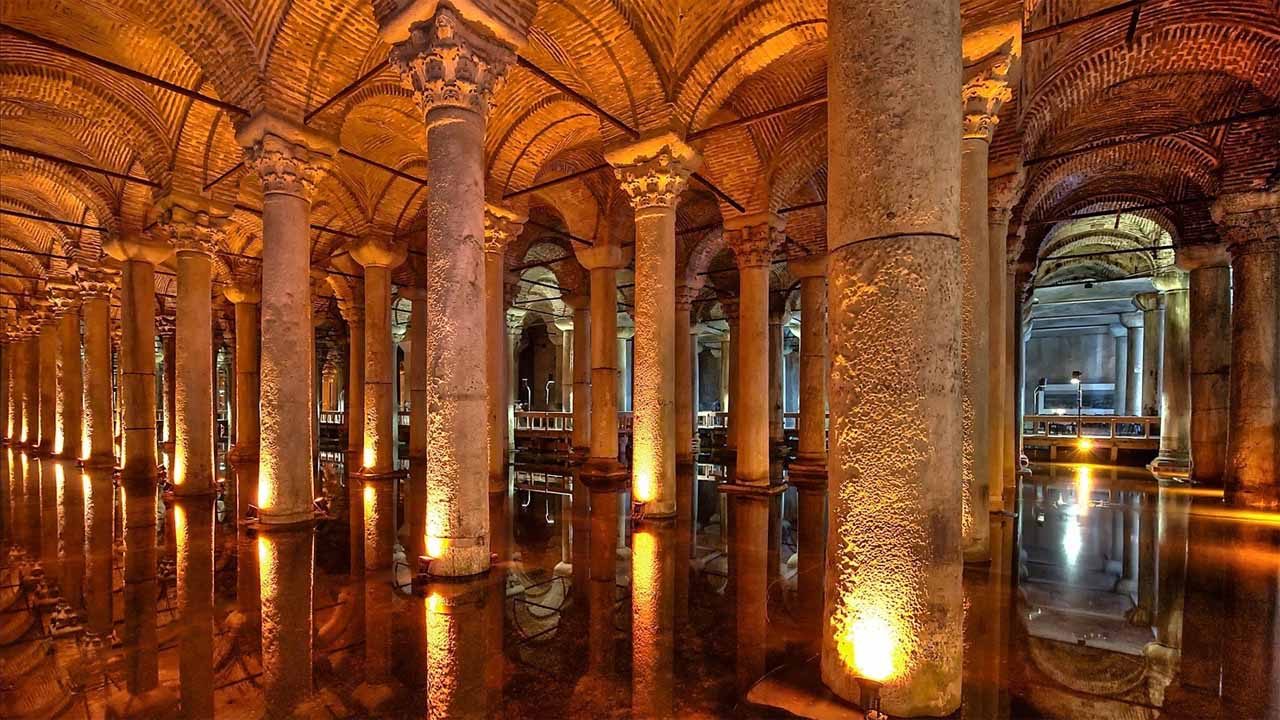
The Basilica Cistern, which is thought to have been built by the Byzantine Emperor Justinian I in 526 to meet the water needs of the city, before the aqueducts, It is one of the most mysterious of historical monuments in Istanbul. Because the cistern has numerous canals to bring water to the entire city area of the period, and these canals are still not fully explored.
Eyewash move: German Fountain
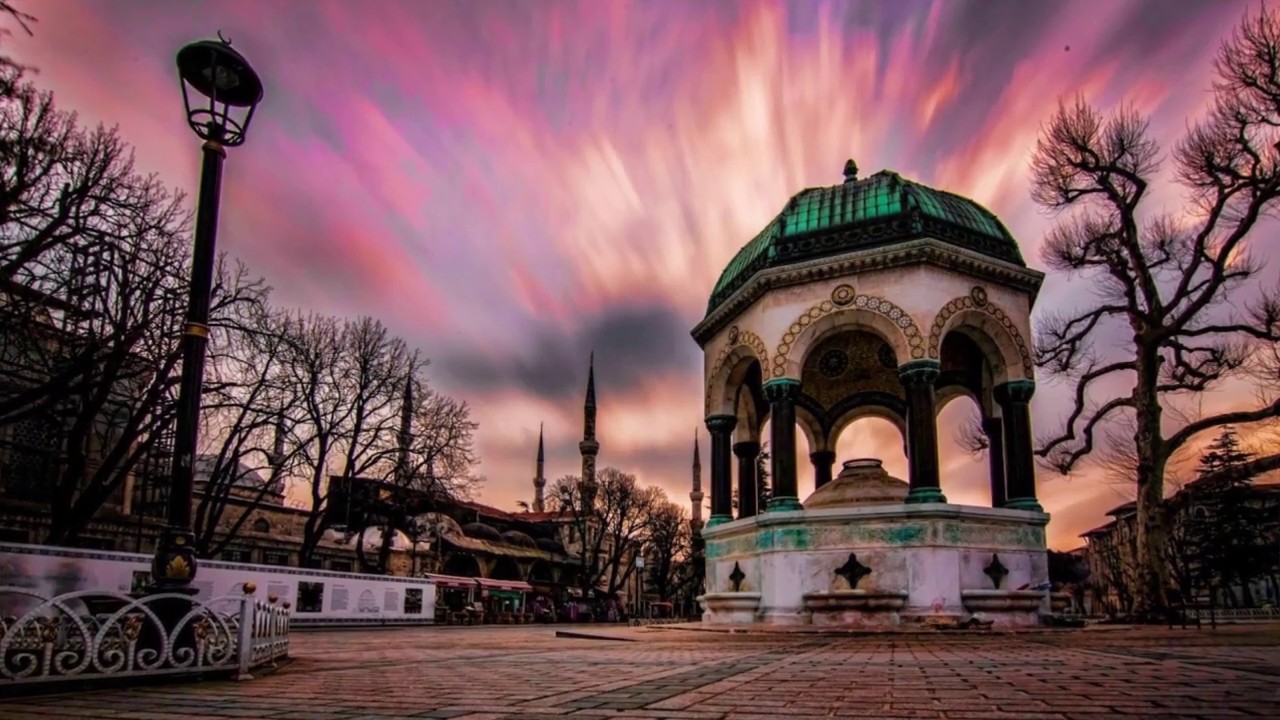
The German Fountain, one of the newest historical monuments in Istanbul, In 1901, the German Emperor II. It was built as a gift from Wilhelm. The German Fountain, which was built as a token of the Turkish-German friendship, which was also registered with our entry into the First World War, was actually made in Germany, dismantled, brought to Istanbul by train and re-established. In addition to friendship, the fact that the Baghdad Railway tender was given to German companies is said to have a great role in such a gift.
It has hosted many different civilizations for thousands of years. We talked about some interesting little-known information about historical artifacts and places to visit in Istanbul. Of course, this list could have been much, much longer. You can share the structures you want to be on our list and their interesting stories in the comments.
RELATED NEWS
